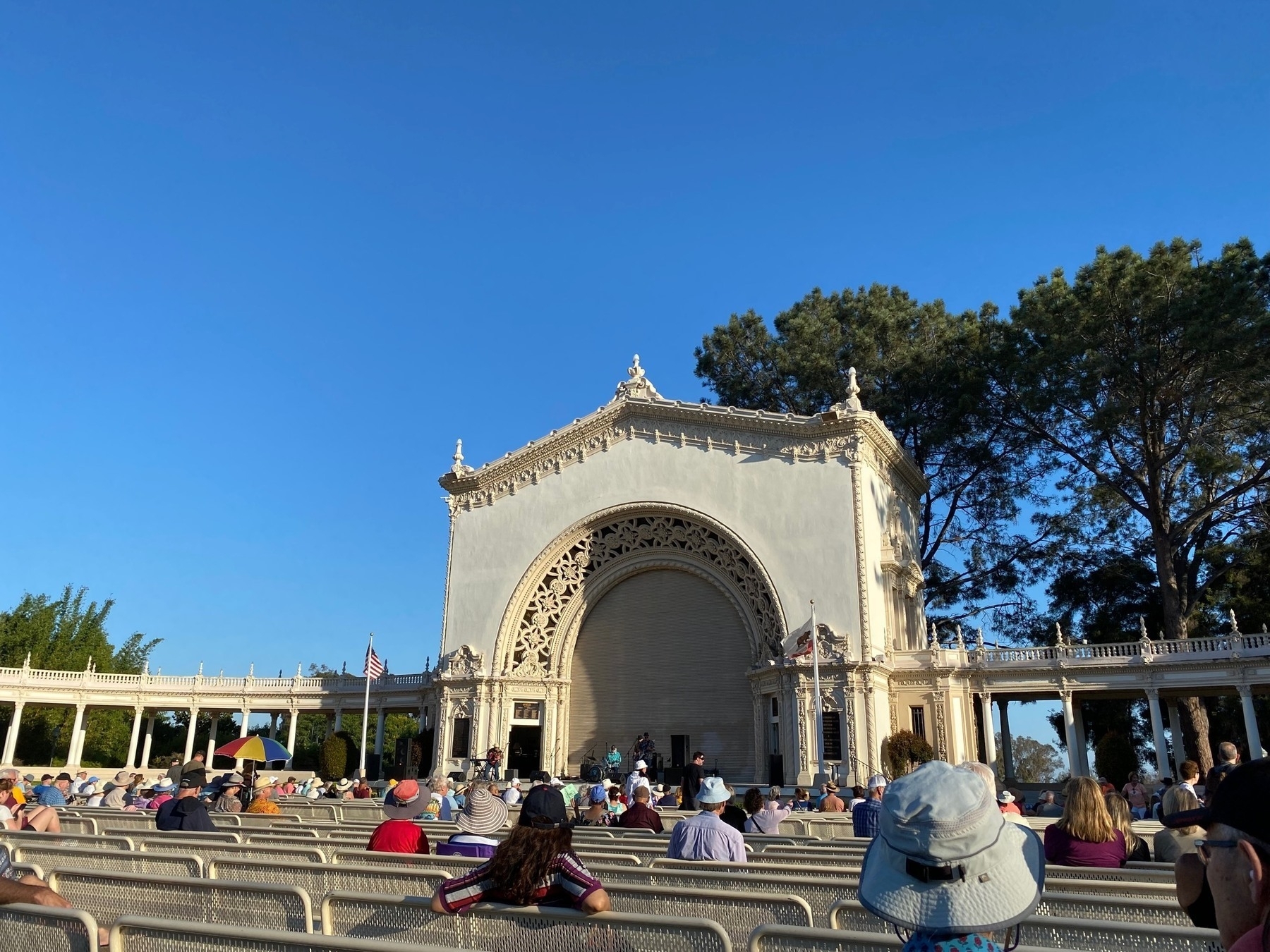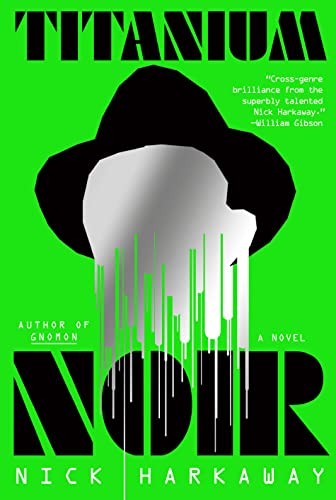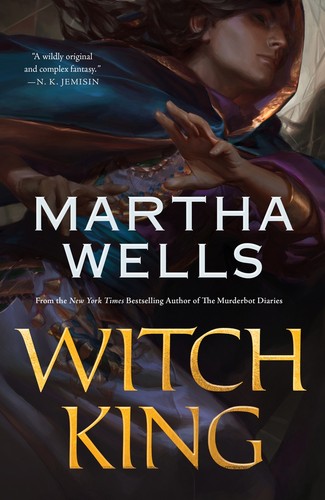

There are few problems which can’t be solved by a 25 foot HDMI cable.
Time to clean the house 🧹
Using an LCD video projector for the first time. The video is great, but the only audio output is a 3.5 jack which doesn’t work on the unit I borrowed. Looking into an upstream solution…
Home again🏠
Humblebrag

Titanium Noir by Nick Harkaway 📚
This is another fast read, an old-fashioned detective story in the vein of Sam Spade, but set in a dystopian future where political and economic power rest in a handful of nearly immortal bioengineered humans, known as Titans in part due to their more than human stature, a side effect of the bioengineering process which grants youth, long life, and physical strength, but doesn’t seem to do much for wisdom and intelligence; there is still betrayal, intrigue, and murder.
That’s where our protagonist comes in, an entirely human private detective with personal contacts in both the non-engineered general population and the oversized elites. When there is a crime involving Titans he is the one the police turn too, although not with much enthusiasm, to navigate the complicated relationships between the two societies. He is everything you would expect in a hard-boiled detective: sarcastic, loyal, and clever enough to solve the crime; but although he is cynical enough to recognize the inequitable structure of society, he doesn’t seem to really appreciate how the absolute power of the Titans corrupts everything they touch.
By the end of the case we meet a host of colorful supporting characters, plausible suspects, and red herrings, along with several action sequences in which things don’t always go the detective’s way. It is a page turner in the old-fashioned sense, with each section raising questions or providing hints that surely can be resolved by reading just a bit more. As with all detective stories things are tied up in the conclusion, but I felt that the resolution doesn’t really address the horror and immorality of the biologically stratified world.
Recommended.

I need a beer 🍺
Renewed 1Password for one more year, as long as I can still use version 7 I think I’m stuck.
On Juneteenth by Annette Gordon-Reed 📚
This is an even shorter book which I added to my library queue last month, written by a Texas-born historian of slavery in the United States, and exploring her personal relationship with the mythology and history of the state of Texas, the origin and subsequent celebration of Juneteenth, and what life was like growing up Black in a society where White is the “norm.”
One of the important points she discusses is how the traditional history of the US presents slavery as an aberration of the deep past which only affected a few unimportant (Black) people, and that the entire history of Black people in American can be reduced to that enslavement. In fact many people of African descent were on the continent well before 1619, most of them speaking languages other than English; there have always been communities of free Black people in all parts of the nascent United States; and the entire economic development of the country, in the North as well as the South, depended on the unreimbursed labor of the enslaved.
In the best of all worlds Juneteenth would be a reaffirmation of the Declaration’s central principal that “all men are created equal,” later codified in the 14th Amendment (and someday perhaps joined by the ERA as the 28th), and enforced by legislation and policies which address and correct the inequalities under which so many have lived for so long. By removing barriers which have prevented a large portion of our citizens from reaching their true potential we can at last reach the goal of “the pursuit of happiness” together.
Definite recommend.



The Kaiju Preservation Society by John Scalzi 📚
This is a very quick read, especially when you are stuck on a cross-country plane trip. I also learned in the author’s afterword that it was written over a few weeks, which is not to say this is a bad thing, but the story is fast paced and doesn’t spend much time on self-reflection or character development; we just go straight to the concept, put everybody in terrible danger, and then wrap things up in the end.
The book can be accurately summarized simply as “what if Godzilla was real?” The author spends some exposition time providing highly implausible explanations for how this could happen, which is not all that different from the “dimensional rift” of Pacific Rim, but in this world there are only a few monster incursions before the human world creates a multinational bureaucracy to cover up and manage the problem, something which seems much more in humanity’s wheelhouse than giant robots. The story is presented as taking place in our current world, including the Covid pandemic a plot point; the reality of kaiju is a secret known to only a few, and most of the action takes place on the other side of the dimensional barrier.
And that action is pretty much the whole story; there isn’t really any time spent on relationships, most of the dialog is wisecracks, and there is very little backstory for any of the characters. It’s all in fun and escapist to the max.
Not sure I would recommend but it is a quick read, and a Hugo nominee this year.


Fraction of people wearing masks in a crowded airport and full flight is well below one percent.
I would like to stream all of Ahsoka right now, please.
Harrow the Ninth and Nona the Ninth by Tamsyn Muir 📚
I read the first book in this series (Gideon the Ninth) some time ago, and actually read the second (Harrow the Ninth) at some point but didn’t write a post, and now as soon as I finished the third volume (Nona the Ninth) I went back and re-read the first two in order to try and understand what the heck was going on. Yes, it is that complicated. It seems possible that I will need to do it again once the next (and perhaps concluding?) book comes out. So the following comments cover all three published volumes (the story so far) and may contain spoilers at least for the first.
Much of my confusion results in the structure of the two narratives; each book continues the timeline of the previous from the point of view of Harrowhark Nonagesimus but (and here is the major spoiler) it turns out that Harrow’s point of view is an extreme example of an unreliable narrator, not because Harrow is a liar (she is loyal and honest) but because her fundamental personality has been changed and modified by earlier events to the point where she herself doesn’t really remember what has happened to herself and her companion/rival Gideon. More of my confusion has to do with which characters are dead and which are still living, as in the cosmology of the series death is still final but is a transition rather than an ending.
And as the story progresses we are also learning more of the backstory of this cosmology. In Harrow we meet the God-Emperor and his remaining Lyctors, near immortal necromancers of immense power, opposed by immense Resurrection Beasts created in the deep past as a result of a vague necromantic cataclysm. The author does a good job of presenting these ten-thousand-year-old characters as a strange mix of human and transhuman, although that transhumanity and Harrow’s mental confusion does make it difficult to infer what their true motives are. The final chapters resolve some mysteries but introduce several new ones, as it becomes obvious that Harrow and Gideon have been caught up in the long range plots of the immortals and are only beginning to understand their roles (as was I as a reader).
But when we get to Nona it turns out that (spoilers again) Harrow’s partial reintegration at the end of Harrow has gone wrong and she now has to relearn almost everything, having lost much of her memory of previous events. Some of the deep backstory of the Emperor is revealed in literal dream sequences, which I have have to assume can’t be relied on as a source of truth. Several of the characters from the previous stories appear here in new roles, and in the end it isn’t at all clear what has happened to any of them, including Harrow. Will the next volume resolve this question? We can’t really rely on Harrow to know what is going on, having traveled through so many transformations, obscure statements from immortals, confusing dreams, and several trips to and from the afterlife.
It’s hard to nail down the central theme of these linked stories; at one level we have an Emperor with strange powers opposed by a rebellion; at another level a coming of age story for Harrow and Gideon, young people with their own emerging powers thrown into a battle they don’t understand; and then there is the entire question of death and what comes after, the question of what each character owes to other people or society, and what each is prepared to do in order to gain or retain absolute power over the scattered worlds of humanity. Death and necromancy are the absolute power in this universe, and it seems that absolute power corrupts those who use it in strange and inhuman ways; can Harrow and her friends overcome that inhumanity without themselves becoming the enemy they are opposing?
Clearly I recommend these books, but I also suggest waiting for the next before even starting on the first. Also make sure to read all of the additional content at the end of Harrow before starting Nona.


⚫️
Spicy Italian chicken sausage 🍕

Witch King by Martha Wells 📚
Everybody loves Murderbot, but Martha Wells writes other stories, including this recent novel set in a new fantasy world with complex magic, a great deal of (as yet) unexplored backstory, and varied set of characters with complex relationships and histories. Yet despite the completely different setting and cast there are several themes in common; the central character has a unique background which separates him from the surrounding world, but at the same time has strong personal relationships with a found family which anchors him there.
The structure is also different from the linear first person narrative of the Murderbot stories, following two different timelines separated by a number of years, the earlier story exploring the beginning of political and family relationships, the later a story of conflict against a mysterious conspiracy which threatens both. There is plenty of magical combat, with several different schools of magic, each with strengths and weaknesses, but without tedious exposition explaining each type in detail; the characters just accept magic as part of their world and use it to advance their aims, rather than sitting around discussing how it works.
Bouncing back and forth between timelines allows parts of both stories to provide context for the other, as we see the same people at different point in their story arcs. My only complaint is that I would like to see more about how the relationships begin, I felt like the earlier story line shortchanged the establishment of bonds of friendship and love at the expense of those big magical battles.
This book clearly establishes a framework for a series of stories, filling in the gap between the two timelines and continuing the battle against the conspiracy, which has received a setback but is certainly not vanquished.
Recommended (assuming that we get more in the series).

☀️
One thing after another.
Shopping for a simple text editor which will run on iPhone, iPad, and Mac.
Today has all the worst features of Monday and Humpday combined 🐫
